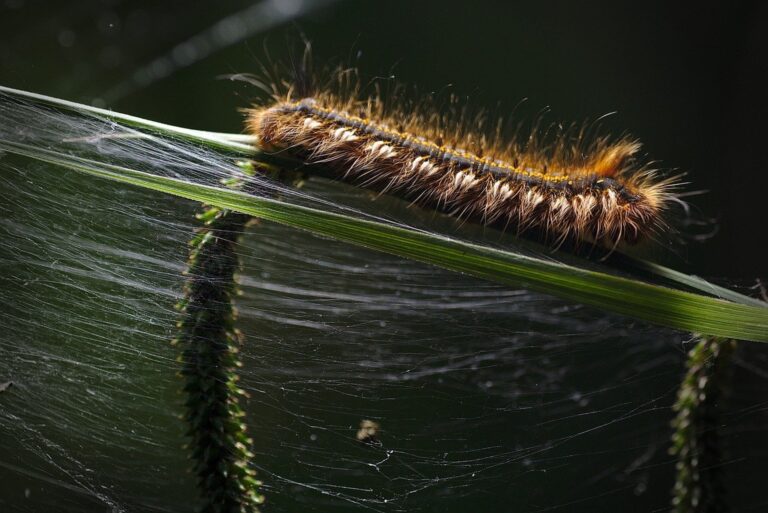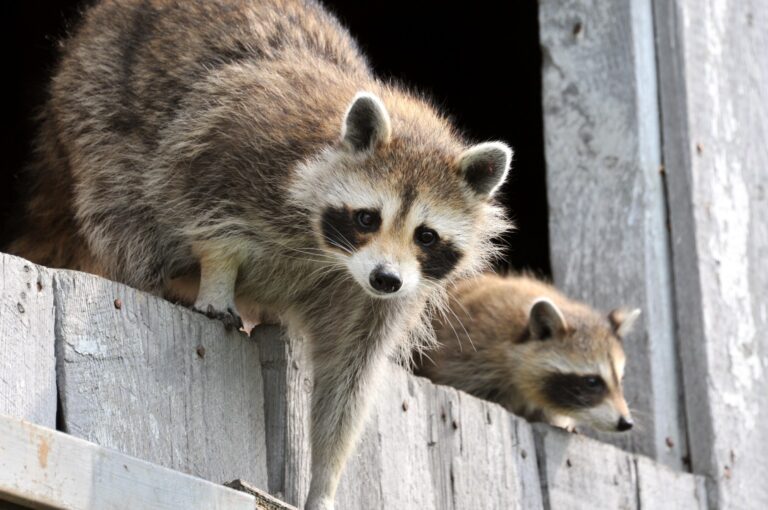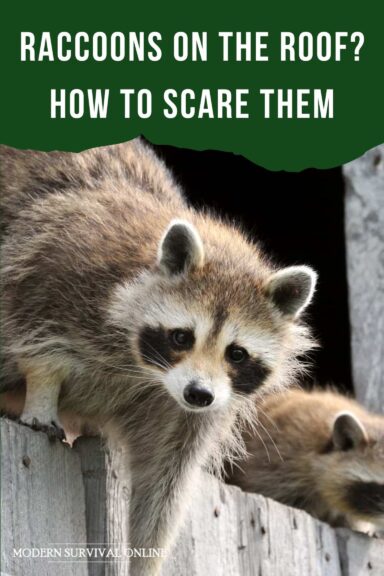One of the most pressing survival considerations, no matter the setting or the situation, is food. Yeah, everyone knows that you can go for weeks without food before you starve, but you must consider that you’ll be mentally and physically debilitated from a lack of energy long before then!

Accordingly, smart preppers plan on sourcing wild-caught edibles to keep up their nutritional requirements. Insects are some of the very best survival foods around, and tend to be highly nutritious, but not all insects are good eating or safe. How about caterpillars, for instance? Can you eat caterpillars to survive?
Yes, most caterpillars are safe to eat in a survival situation. They tend to be packed with good protein and fats along with plenty of minerals and decent calories. However, some caterpillars are dangerous, either being highly venomous, toxic, or possessing defensive spines and stingers.
I know a fat, juicy caterpillar is the last thing on Earth you probably want to eat given a choice, but that’s kind of the point after all: you probably won’t have a choice given the circumstances. And under these circumstances, you can do a whole lot worse than caterpillars…
They’ll definitely keep you alive and they can even fill you up. Keep reading, and I’ll tell you everything else you need to know about eating these little creepy crawlies.
Is There a Precedent for Eating Caterpillars?
Yes, there sure is! Caterpillars as a survival food are nothing new, at all, and anyone who’s been through in-depth, hardcore survival training in the military or any other organization where getting lost all alone out in the wilderness is a legitimate on-the-job hazard will tell you as much.
So, let that comfort you: you won’t be the first person who’s been forced to eat caterpillars in extremis.
But, something else you should know is it caterpillars happen to be something of a dietary staple in various countries and cultures around the world, from Africa to South America, Asia to Australia, and elsewhere.
In fact, it’s no exaggeration to say that about 75% of cultures and nations on the planet eat caterpillars as an ingredient, snack, or mainstay food.
And there’s a good reason for this: Caterpillars are highly nutritious and very easy to prepare in a variety of ways. They are also easy to catch once you know a few tricks which we will learn later.
Where Can You Find Them?
Because most countries around the world do eat caterpillars in one form or another, you can depend on finding them nearly anywhere.
Note that you won’t find them in the coldest regions on Earth, but pretty much everywhere else they are present, at least seasonally. In the US, you’ll find them in every single state in various environments (if you know where to look).
You’ll find them in grasslands, forests, savannahs marshes, mountains, and everywhere else. Everywhere you’ll find moths or butterflies, you can find caterpillars. The trick is learning what types of plants make for typical caterpillar food, because that’s where they hang out.
As a rule of thumb, most caterpillar species prefer to eat new, tender plants and other vegetative growth instead of mature, tougher ones.
What plants they eat exactly depends on the species, so it is worth learning which ones are in your area or in the area where you will be working or traveling so you know what to look for.
Often their distinctive bite marks are easier to spot than they are! Find the food, and you’ll find the caterpillars.
Something else to keep in mind is that where you find one caterpillar you’ll likely find more.
Some are actually communal, or semi-gregarious, and intend to stay together in a sort of herd. Others will just naturally flock to choice food as a matter of course, meaning you can probably make a great meal of caterpillars alone.
Warning: Not All Caterpillars are Safe to Eat
Now, there is an obvious downside to caterpillars as with many other insects. Some, though not most, are venomous and possess stingers or spines capable of delivering that venom. Others are toxic or else covered in defensive spines, barbs, bristly hairs, and other defensive adaptations.
A few caterpillar species, like the Southern Flannel Moth caterpillar and Saddleback caterpillar, are actually capable of delivering stings or packing toxic poison that can absolutely debilitate you, make you gravely sick, or even kill you outright.
The rule of thumb is that you want to avoid any of them that are covered with a plush coat of hair, obvious prickly spines or guard hairs, or bright, vivid colors and patterns which are a universal warning sign to all predators that are either dangerous or terrible to eat.
How Can You Tell Which Are Okay to Eat?
A thorough, in-depth review of safe caterpillar species is beyond the confines of this article, but there is a trusty rule of thumb that will rarely steer you wrong.
If your working knowledge of a caterpillar taxonomy is a little lacking, you should always look for ones that have smooth skin without any hair, spine, or barbs and are colored light green, dark green, tan, or brown. As long as they meet these criteria they probably won’t hurt you.
To be clear, there are some dangerous types that will still fall under this description also, and likewise, there are some safe varieties that are brightly colored or have loud patterns. But those are exceptions!
Obviously, if you want to make caterpillars a part of your survival food plan, it pays to brush up your knowledge on different species.
And as always, you are very wise to employ the field edibility safety test prior to tucking in. A little patience and some cautious inspection might save your life.
Always Cook Caterpillars for Safety
Now, let’s assume that you’ve caught caterpillars and they are absolutely, 100% safe to eat. Should you just chow down on them raw? You can, if you have no other choice, but it’s in your best interest to cook them in any way that you can.
That’s because caterpillars are frequent hosts of germs and parasites that could still hurt you or make you terribly sick. Even if it’s a fresh and relatively healthy caterpillar, there’s no telling what it’s been crawling over, so at the very least you want to give them a rinse in clean water.
If you have any way to cook them, they can be gently boiled, pan-fried, roasted, or prepared in any number of other ways. You can even dry them out, grind them into power, and then add them to a soup or stew if you want to.
However you do it, just make sure they are cooked thoroughly. That will kill the germs and parasites alike and keep you safe. Plus, take it from me; they taste a hell of a lot better when cooked!
Learn How to Harvest Caterpillars in a Survival Situation
Getting your hands on enough caterpillars to make a proper meal might be easier than you think.
Of course, you can go around picking them off of leaves and branches wherever you spot them but this can be quite a task: many caterpillars employ highly effective camouflage!
If you are hunting for them in anything but ideal lighting conditions (hardly guaranteed in a survival situation) you’ll probably waste more time than you need to.
A better bet for catching them en masse it’s the place a drop cloth or net made out of mosquito mesh beneath a plant that you know they will frequent for food, and then vigorously shake or tap the branches or the whole plant in an up-and-down motion to flick the caterpillars down onto your catcher.
Although they are great climbers and can go almost anywhere, most caterpillars don’t have a great grip like beetles and will easily be knocked free. Once you suspect that you’ve cleaned out a bush, move on to the next one and soon you’ll be rolling in caterpillars ready for the frying pan.
The post So, Can You Eat Caterpillars to Survive? appeared first on Modern Survival Online.
via Modern Survival Online https://ift.tt/s6ijbNG




